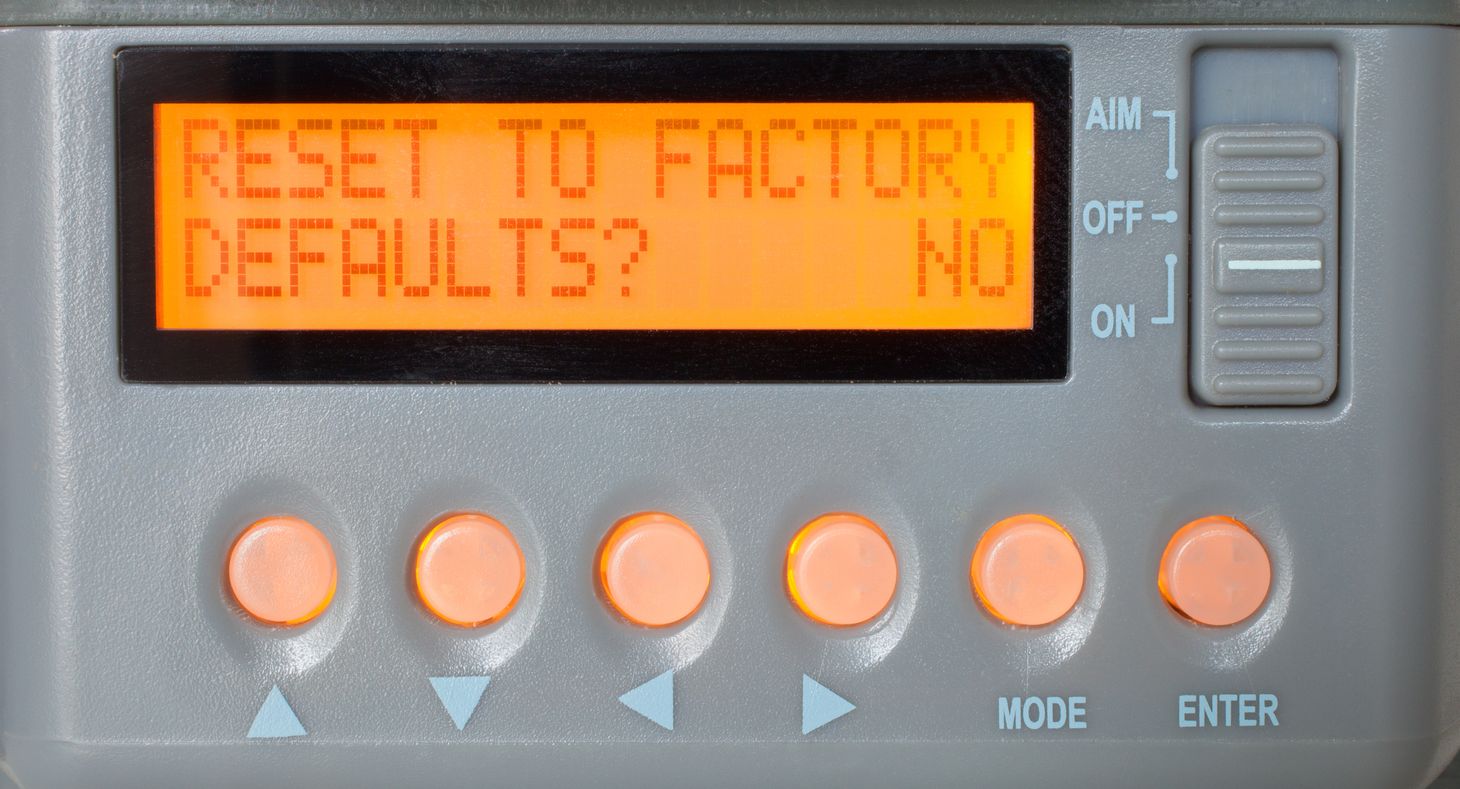Changing The Default: The Secret to Innovation Success
We all have defaults in technology, routine, beliefs, or anything else. But what if we could challenge the default and try something new? What would happen then? That is the secret to innovation success.

We live in a world designed to be convenient and easy for us. This convenience has led us to rely on defaults, taking the path of least resistance and not bothering to question the answers others have chosen for us. However, is this the best approach?
Adam Grant, an organizational psychologist, and professor at the Wharton School of Business, has found that our reliance on defaults can have a profound impact on our creativity. He used the example of web browsers to illustrate his point: when given a choice between two different browsers, most people take the default option without considering any other possibilities. This lack of exploration prevents us from finding solutions outside of what is already known or accepted—and consequently limits our ability to be creative. In this way, we become stuck in a cycle where we always accept whatever is presented as “the right answer” without ever questioning it or exploring alternate options.
Alternatively, people who refuse to take the default are more innovative, creative, and successful.
What are you to do? Look for ways to hack your defaults, or sometimes called "assumptions." By thinking differently and questioning your defaults, you can open up fresh paths to creativity and innovation that doesn't follow the crowd—but make it instead.
5 Defaults To Hack
It is hard to change our ingrained defaults. However, there are five that deserve a hard look and some consideration of hacking:
Change Your Workspace:
Whether you work in an office or have an office in your house, there's a strong possibility that your workspace reflects the same office set-up you've been accustomed to for years. This means everything is in the same place, and the setup is like what you're used to. But what if you changed things up? Moving your desk to face a different direction or rearranging your workspace can have a substantial impact on your creativity. New surroundings can create an exciting and energizing atmosphere, which can help you come up with fresh ideas.
Switch up Your Daily Commute:
Do you always follow the same route to work or when you are running errands? For most of us, the answer is yes. However, taking the same path daily can become predictable and dull, stunting your thinking. Changing your daily commute can give you a fresh perspective on the world. Consider walking or biking to work or taking a different mode of transportation than usual. A new journey and surroundings can inspire new ideas.
Shake Up Your Routine:
If you've been doing the same morning routine for the past few years, try something new, say two new things or a change every day. Creative individuals vary their daily routines; this can help your brain get out of autopilot mode, which is more likely to generate innovative ideas. Start small. This can be as simple as preparing a different breakfast or taking a new exercise class. In this way, you are changing your default humdrum to something that will give your day-to-day life a little color and variety.
Experiment With New Technology:
Many of us are guilty of using the same software, apps, and programs daily. While this is convenient, it's not very imaginative. Experimenting with new technologies and tools will inspire new ideas. Instead of sticking with the usual program, learn how to use a new one. Or try a different camera and see which would give you brighter and better output. Discovering new options to develop more skills and get out of your creative rut is essential.
Challenge What You Believe:
Finally, it's essential to challenge your beliefs. We all have default positions on nearly every topic imaginable. However, it's essential to remember that these positions are merely defaults, which you can change. Question the things that you believe and challenge them. A willingness to change will bring new insights and creativity into your life.
Examples of Changing The Defaults
History has repeatedly shown that changing the defaults leads to more creativity and innovation. For example:
Nikola Tesla
One example of an inventor who credited changing the default for their success is Nikola Tesla. Born in what is now Serbia, he studied electrical engineering and went to work for Thomas Edison in New York City. Initially, Edison's philosophy was that direct current (DC) was the way to go for electricity; thus, DC became the default. Tesla disagreed, believing alternating current (AC) was the way of the future. He spent years challenging Edison's ideas and eventually convinced him that AC electricity was superior to power transmission. His efforts paid off, and Tesla became one of the most famous inventors in history.
Elon Musk
Another example of an inventor who credited the effort to change the default for their success is Elon Musk. Musk is a serial entrepreneur and innovator whose success has been largely attributed to his willingness to think differently and challenge traditional defaults to reach his goals. For example, with Tesla Motors, he believed they could make electric vehicles stylish, luxurious, and at a lower cost. This was a radical departure from the traditional defaults in the automotive industry, but it has since revolutionized how people think about cars, specifically electric vehicles.
Conclusion
Taking the default is comfortable and efficient but not conducive to success and creativity. Sometimes, these defaults turn into bad habits. Challenging the default and trying something new is essential. Changing your life's defaults, whether in terms of technology, routine, beliefs, or anything else, can help you become more innovative and successful.
Changing the default settings can make all the difference.




